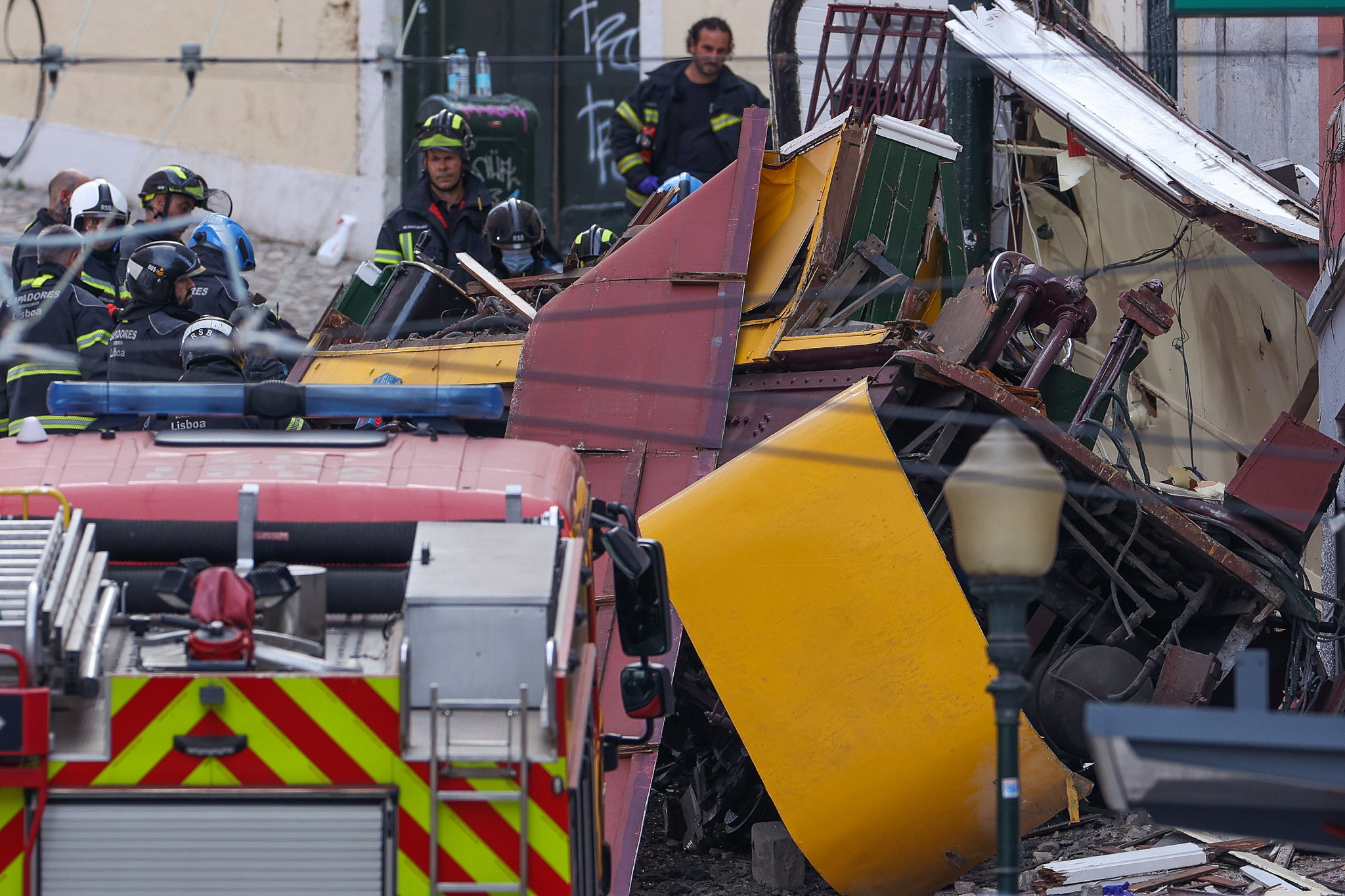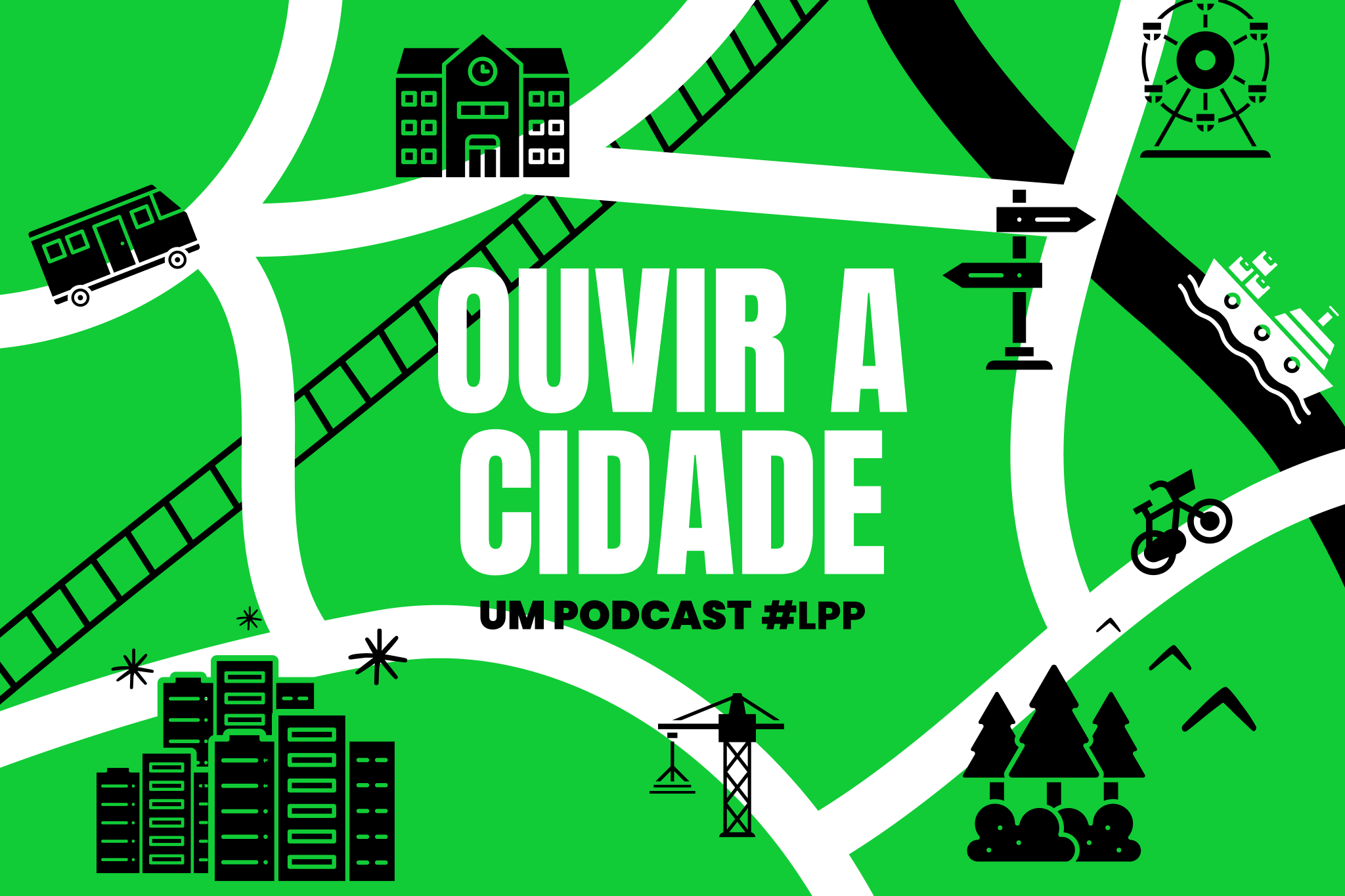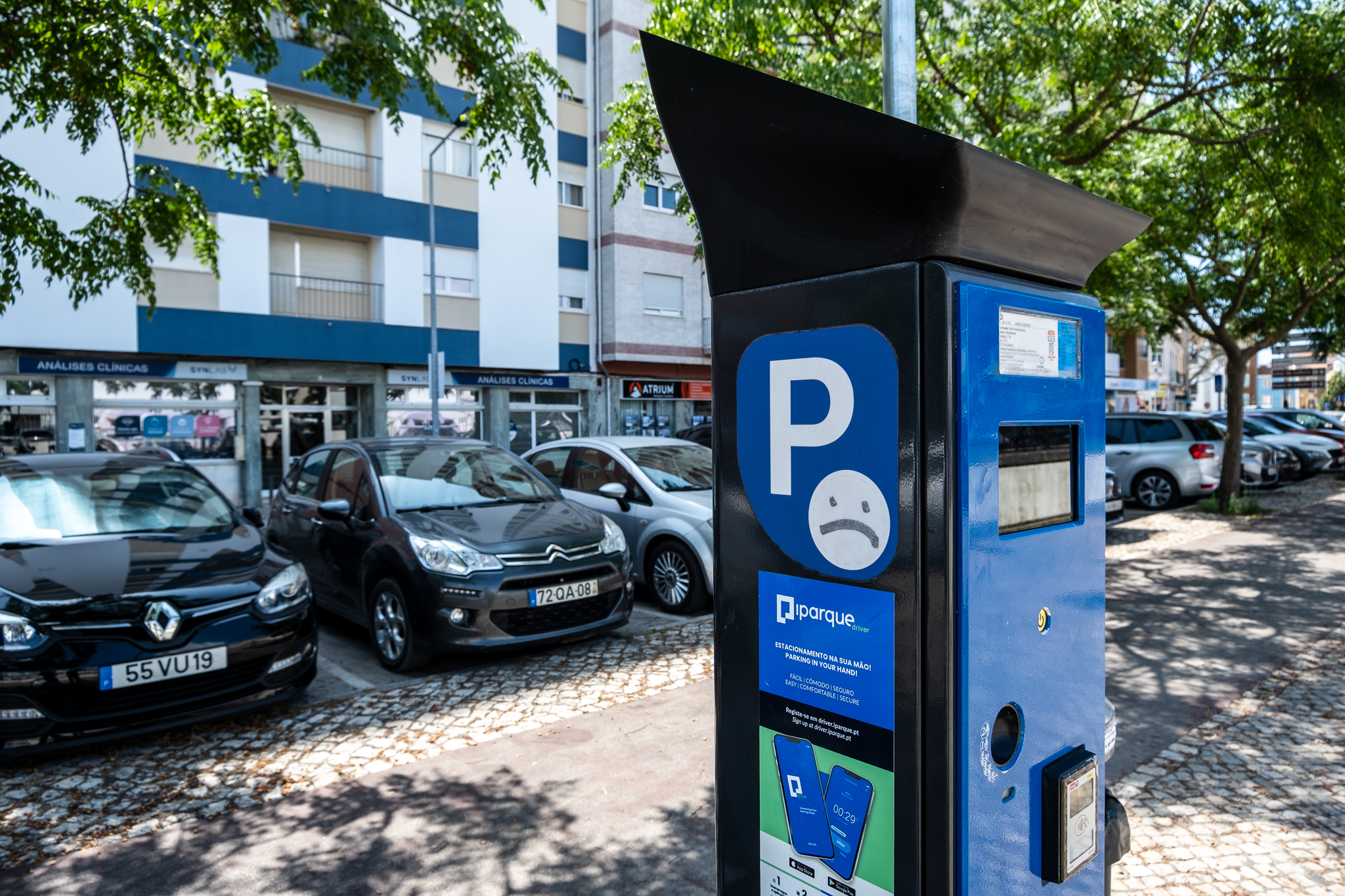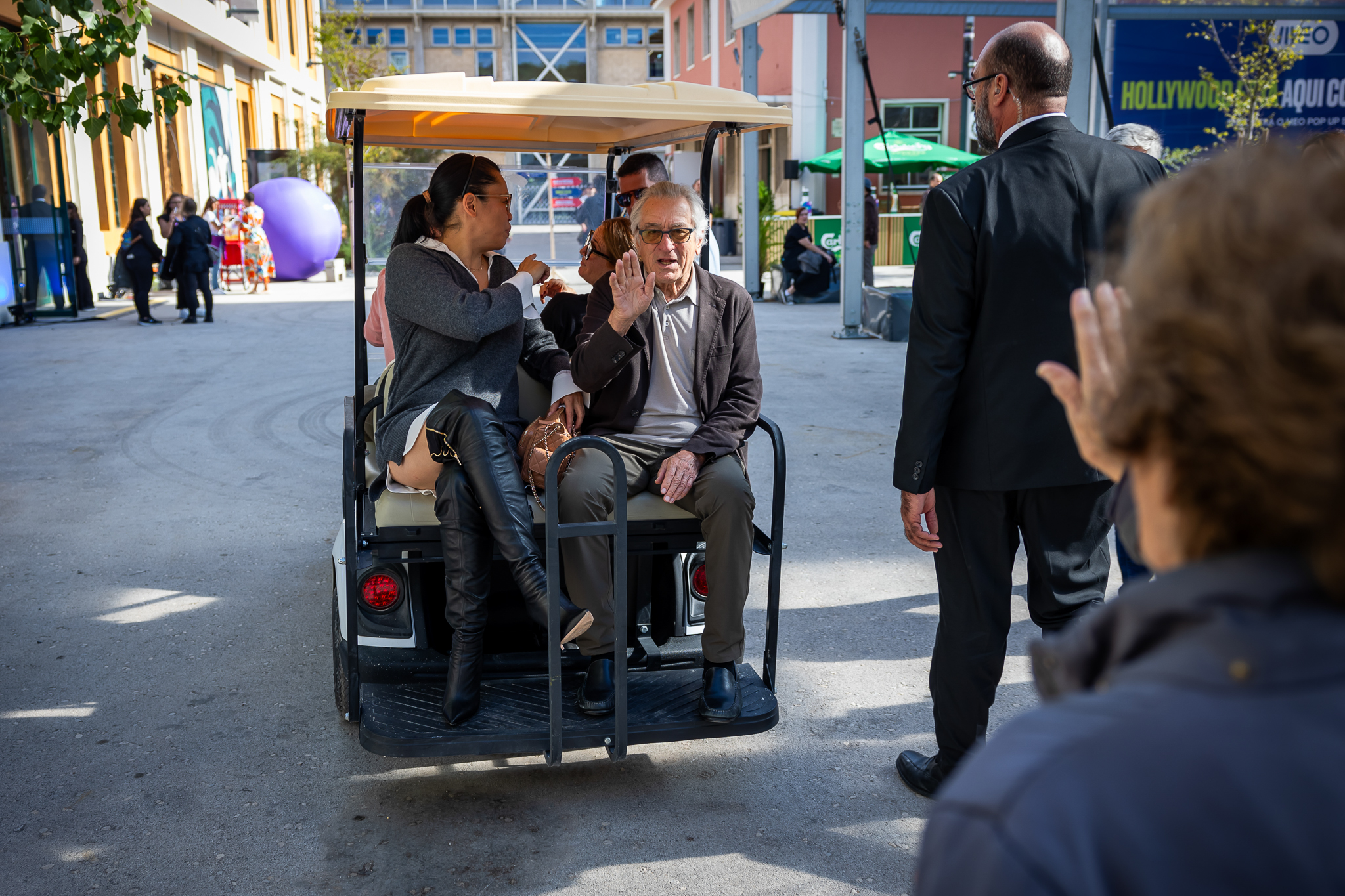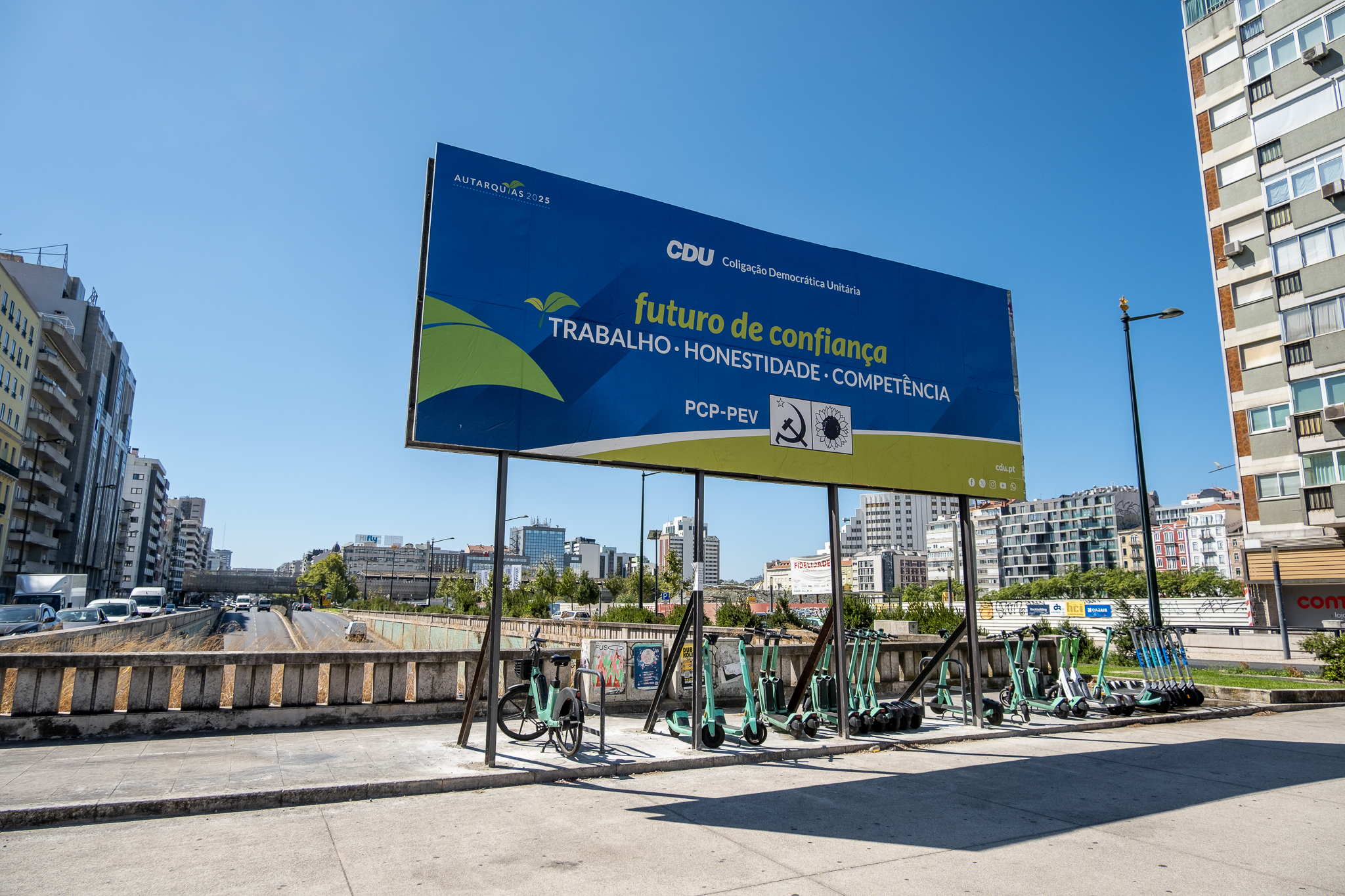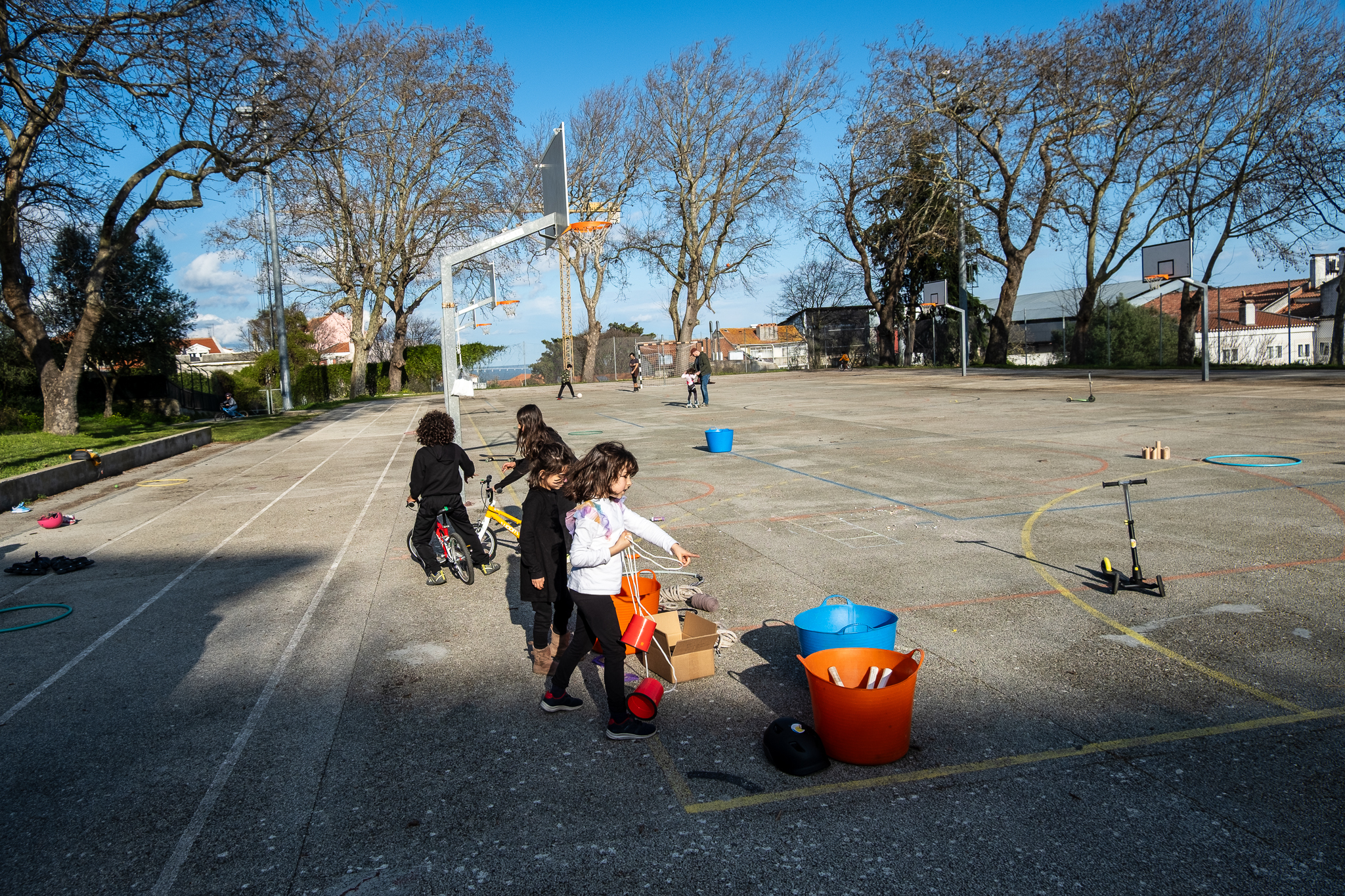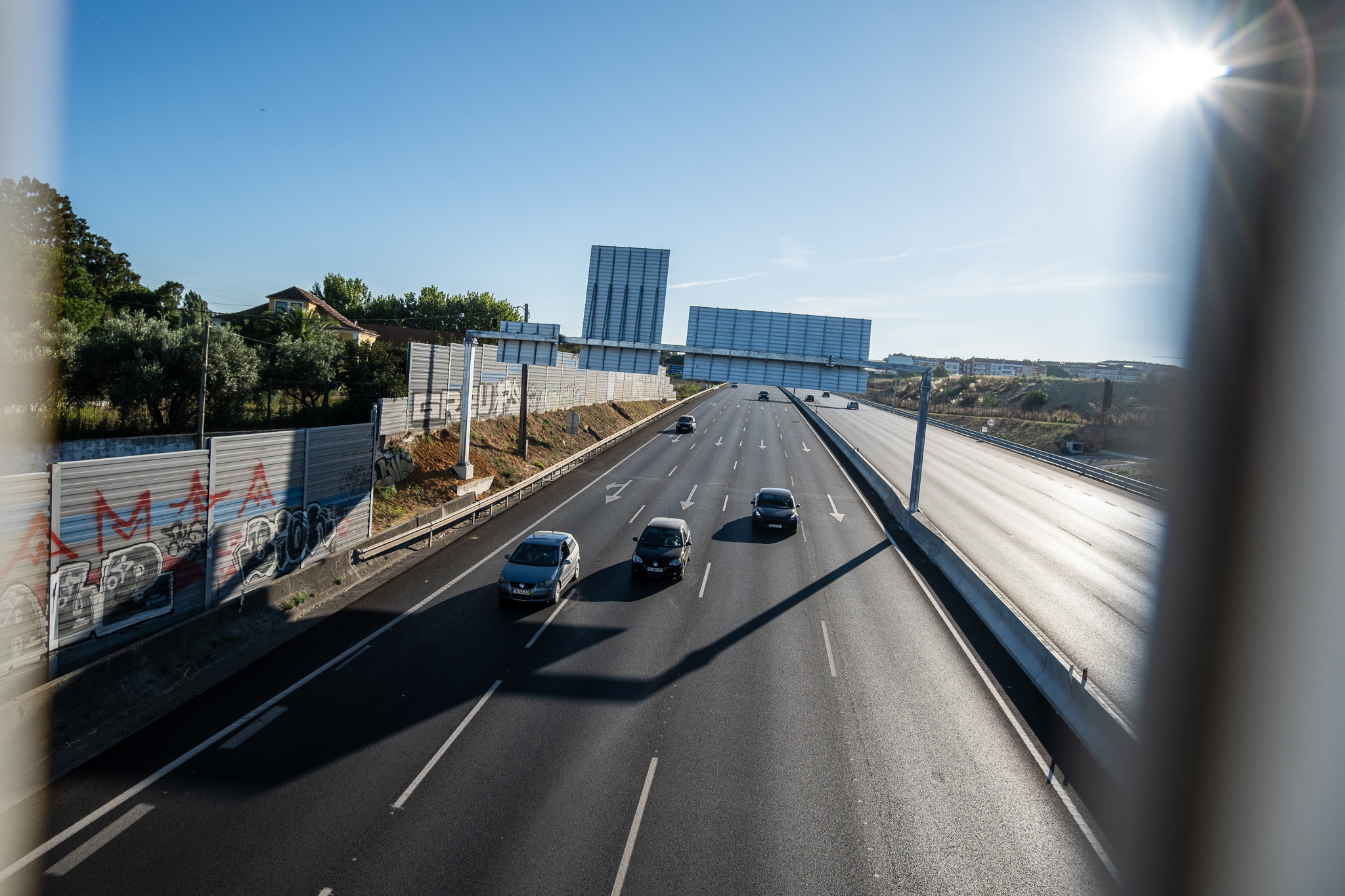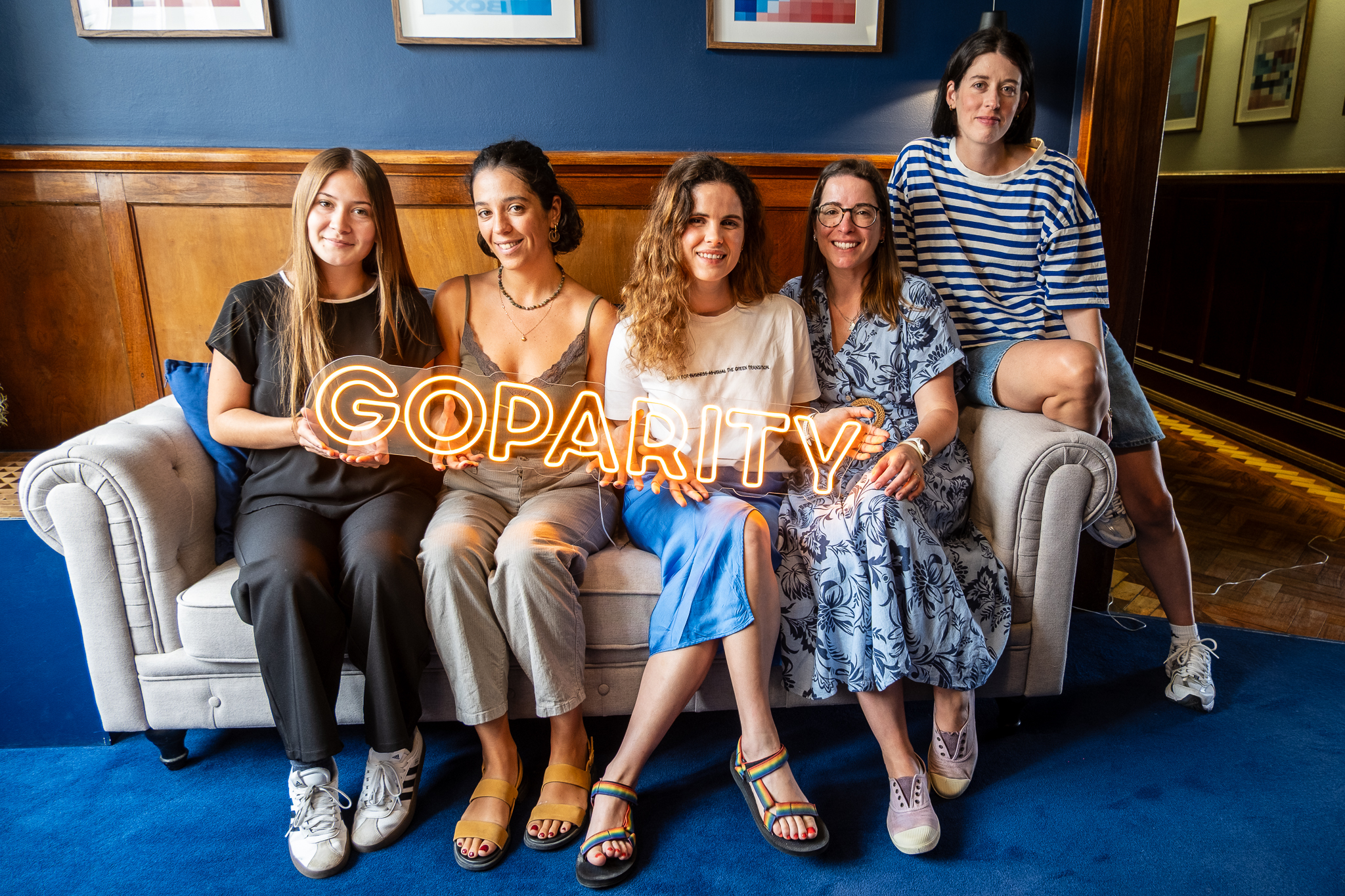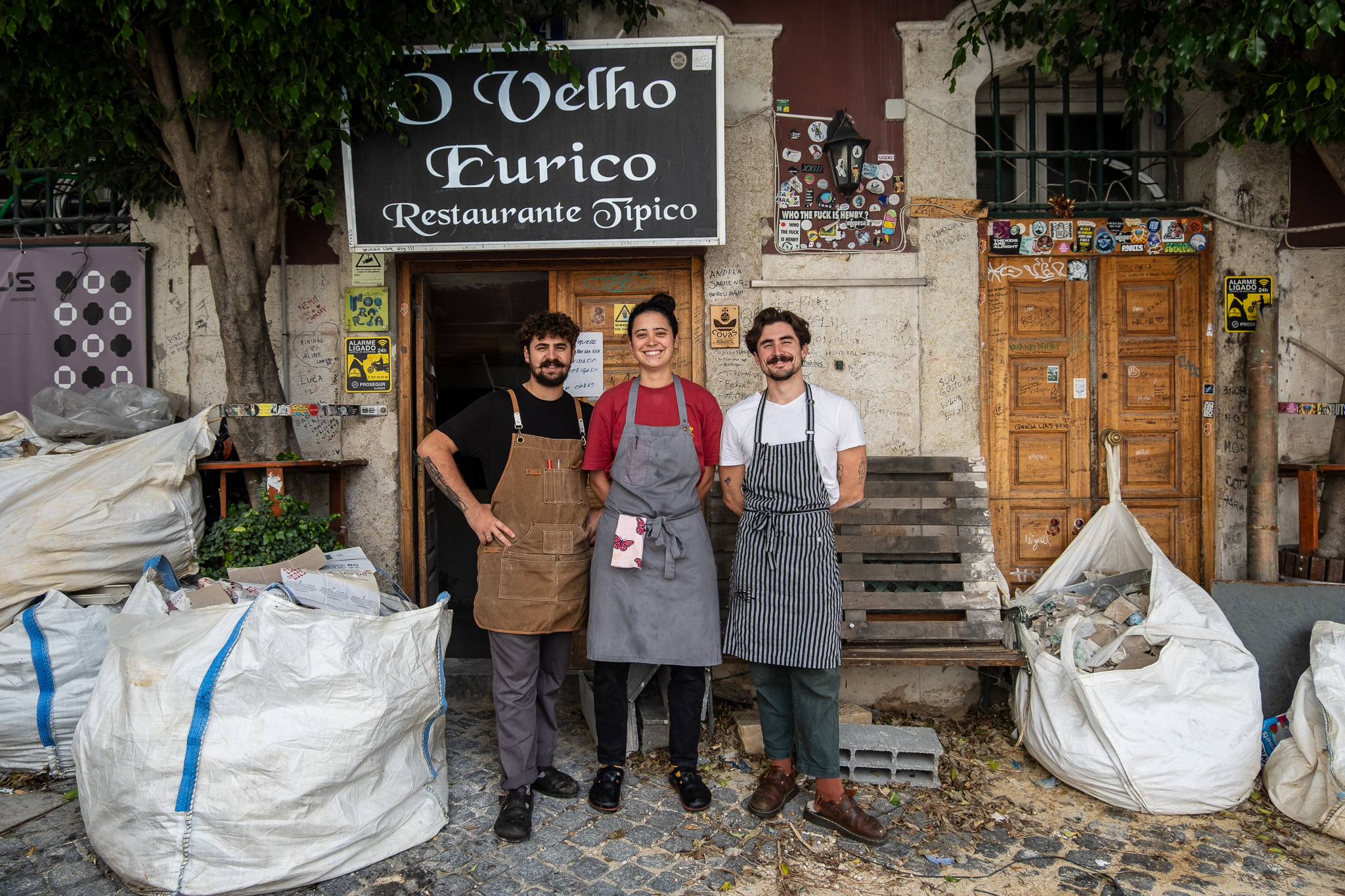The results of the 2021 Hands Up! survey were presented. The report draws the most complete radiograph of how children and young people go to school in Lisbon. Car is still dominant but public transport has recovered in relation to 2020.
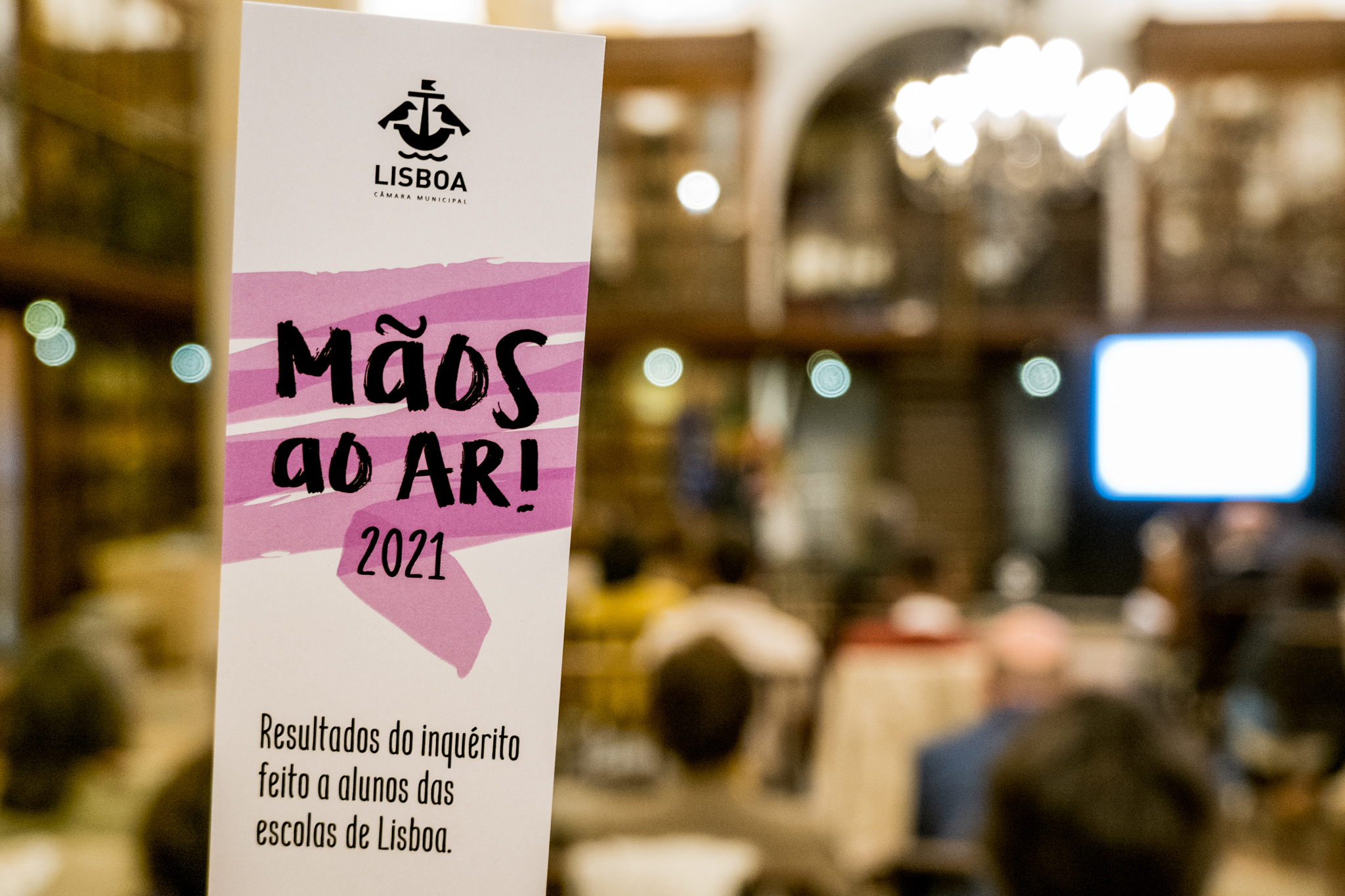
Every year since 2018, the Lisbon City Council has promoted the survey with the city's schools Hands Up! which has allowed the municipality to have an x-ray of school mobility. The 2021 figures were presented at a public event last Thursday, April 28, and report that car travel has declined slightly for public transportation, recovering somewhat to the pre-pandemic scenario. However, there has been an increase in commuting to school in private education.
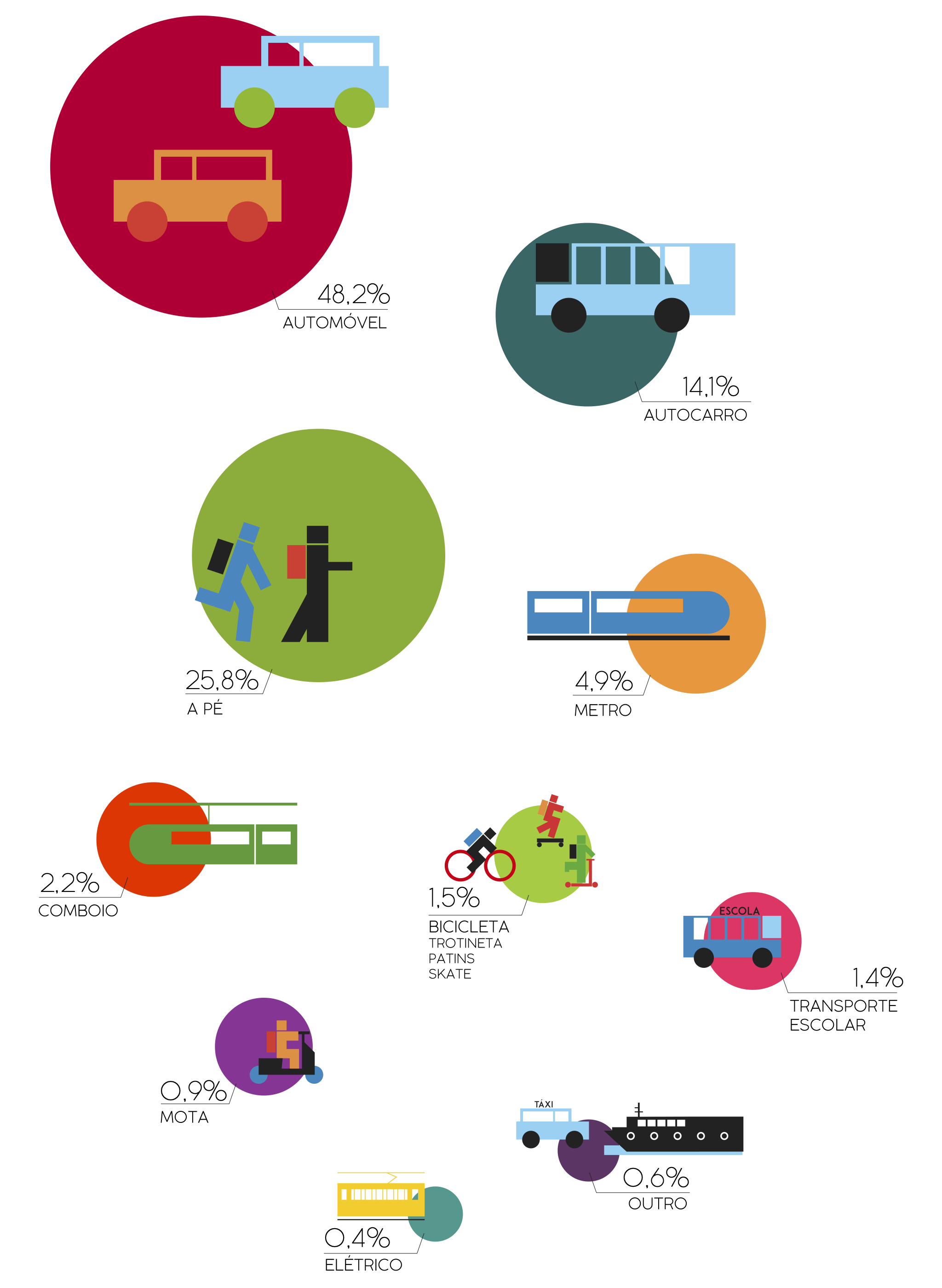
The presentation of the survey results Hands Up! took place in the Archive Room at Paços do Concelho and was conducted by Inês Castro Henriques, head of the studies and mobility planning division of the Lisbon City Hall. Inês explained that the data is collected "always between October 1st and 15th" and that the choice of these two weeks is not random: the 12th is World Obesity Day, and "mobility has to do with a number of issues and also with health". For the realization of the Hands Up!The Lisbon City Hall counts on the support of schools and teachers, asking them for just a few minutes of class time so that they can ask the students a simple question:
How do you usually come to school?
The answers are given with a simple raise of the arm by each child or young person, according to each of the 10 answer options: exclusively on foot, from bicycle, scooter, rollerblades or skateboard, from bus, from train, from metro, from electric, from car, from motorcycle, from school transport ("van") or other mode (such as boat, cab, or uber). In 2021, the recording of student responses by teachers took place in digital format, abandoning paper. "At the request of the schools, the process has been completely dematerialized"Inês said, mentioning that the pandemic also accelerated this change.
Of the 226 schools covered, 179 schools participated - with at least one class answering the questionnaire - which corresponds to about 80%. This participation corresponds to 123 public schools (69%) and 56 private schools (31%). Regarding the number of students, the following participated this year 38 078 students (46% of the school population from 1st to 12th grade), corresponding to 26 316 public school students (49%) and 11 762 private school students (41%).
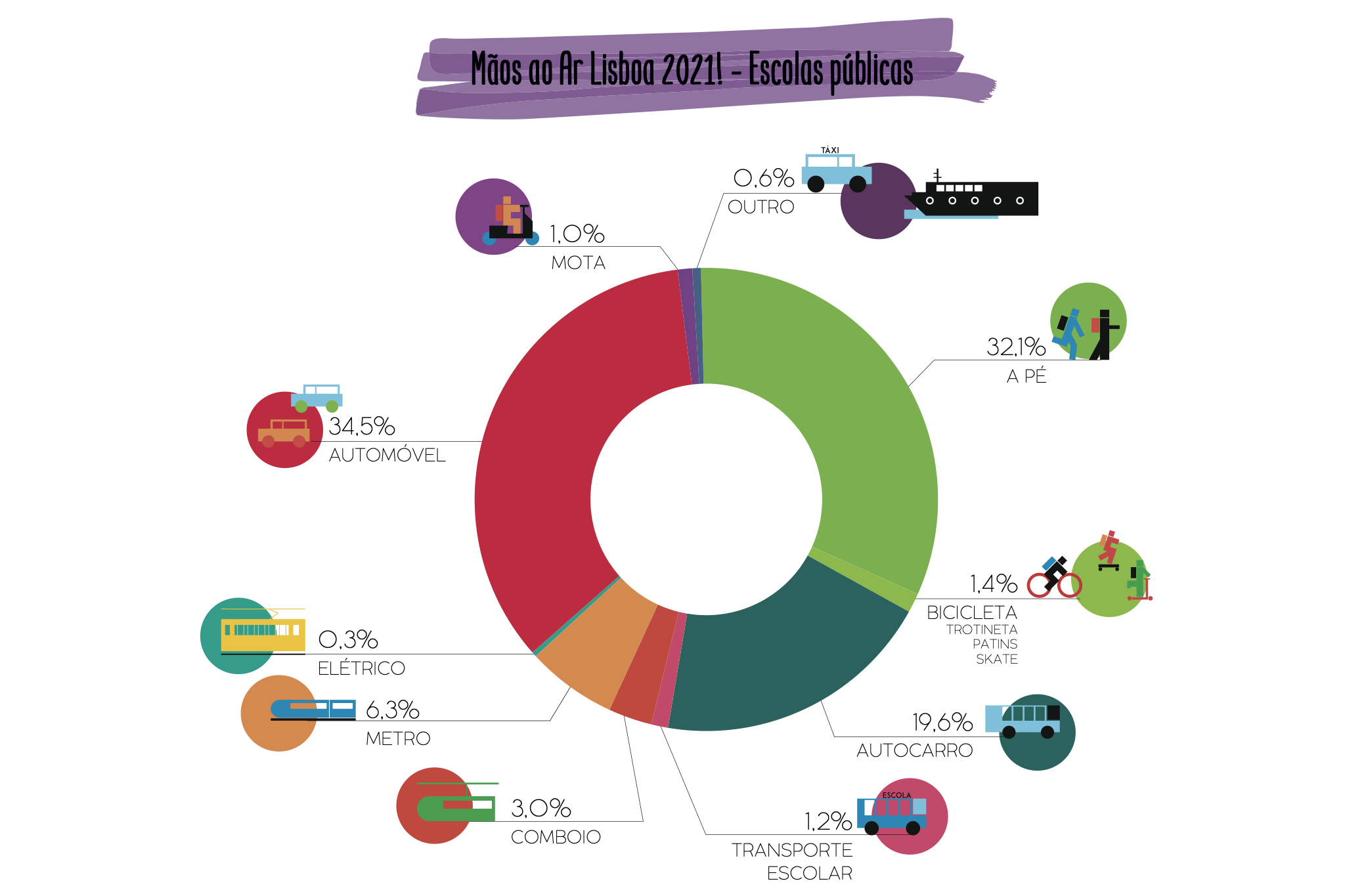

Compared to previous years, participation was lower in number of students than 2020 (39 883 students) and 2019 (47 141 students). In the report now presented, the autarchy justifies the decrease in the response rate with the "pandemic situation that caused some classes to be in isolation, not attending the school on the date of the survey". Looking at the number of schools, in 2020, 159 schools (107 public and 52 private) out of 229 total participated; and in the previous year 188 schools (91% from public schools and 71% from private schools) out of 228 total participated.
On Hands Up! all primary and secondary schools in the city of Lisbon are analyzed, based on information from the databases of the Direção-Geral de Estatísticas da Educação e Ciência (DGEEC) with the exception of military, professional and art schools (including conservatories). This is due to the impossibility of controlling (and, consequently, excluding or including) factors that could influence the relevance of the results obtained, such as the existence of boarding school students, especially in the case of military education; the impossibility of distinguishing between nighttime and daytime education in the case of vocational education; and the existence of classes in non-integrated education, with the impossibility of distinguishing school years, in the case of artistic and vocational education.
What is there to know about this year?
- 78.9% of private school students said they usually drive to schoolwhile in public schools this percentage is 34.5%;
- in public schools, pedestrian travel represents 32.1%, bus travel 19.6%, subway 6.3%, train 3.0% and bicycle (or other soft modes) 1.4%. In private, bus, subway and train are almost residual (1.9%, 1.9% and 0.4% respectively), bicycle rises to 1.7% and walking accounts for 11.7%;
- looking at the cycles, the car use decreases as children and young people grow olderIf in the 1st and 2nd Cycles it is around 56.81 PT3T, in the 3rd Cycle it drops to 45.71 PT3T and in Secondary it is only 28.41 PT3T. Public transportation evolves in the opposite direction: if in the 1st cycle only 7.81 TTE3T go by bus and 1.91 TTE3T by subway, in the Secondary school these percentages increase to 25.51 TTE3T and 13.81 TTE3T, respectively; the train is used in these ages for 6.21 TTE3T of the trips to school, while in the 1st cycle it has a percentage of less than 11 TTE3T.
- in relation to the bicycleThe percentage drops from 1st to 2nd cycle from 1.5% to 0.8%, and increases from 3rd to High School from 1.6% to 1.7%. It is the children in the 1st and 3rd Cycles of private schools who commute the most by bicycle, reporting 2%. In public schools, the highest percentage is recorded among secondary school children: 1.81 MT3T.
You can see all the data in the report below:
On average, 481 TTP3T students from each school responded. The parishes of Santa Clara, Santa Maria Maior, Santo António, São Domingos de Benfica and São Vicente had the highest response rate, with values higher than 601 PT3T. The Lisbon City Hall does not publicly disclose the data of each parish and each school, but delivers them to the respective responsible persons upon their request, and it is up to them to decide whether or not to disclose this information. The Olivais Parish Council, for example, published its 2019 local report. However, Inês Castro Henriques revealed in the session that there is one school in the city where the percentage of bicycle use among students is 9% - specified which one.
To the presentation of the survey results Hands Up! 2021The event was followed by a speech by João Vieira, from Carris, about the efforts of the municipal operator in the field of school mobility and another one by David Vale, researcher from the University of Lisbon, about the importance of walking. The event was also attended by the councilman for mobility, Ângelo Pereira. In a brief speech at the end of the session, he highlighted the free transport for young students, the launch of a new school transport service with Carris and the Bicycle Trains as the three major investments of the Lisbon City Hall in the field of school mobility. The executive responsible emphasized that the Hands Up! é "an important job for policy makers", even though "we are comparing atypical years". Ângelo Pereira said he had "the certainty that the results of this year 2022 will be quite different. I think it will manage to decrease the use of the car, even because of the measures we are implementing." and said he will personally help in spreading the survey to increase response rates, especially in the weaker parishes.
The Carris lines most used by students
João Vieira, from Carris, revealed that 28% of Carris customers are young students under 23 years old, which last March represented 12% of the validations. The operator is able to draw these conclusions through the modalities 4_18 e sub23 of the pass Navigatoras well as the title Navigator 12, which all children up to 12 years old can enjoy since 2019 and which gives them access to free public transport throughout the Lisbon Metropolitan Area. Compared to March 2019, the number of children up to 12 years old traveling on Carris rose 12% and the number of validations increased 4%.
The Carris lines with the most young students up to the age of 23 are the 52B (30.0% of total customers), the 771 (28.2%), the 723 (25,8%), the 26B (23.0%), the 776 (21.3%), the 19B (20.8%), the 40B (20.7%), the 37B (20.3%), the 768 (19.6%) and the 731 (19.6%). All lines identified with the letter "B" belong to the Carreiras de Bairro service and are more local lines, which serve the neighborhoods and, according to João Vieira, can be better promoted as school lines. For the responsible of Carris, the way children go to school is doubly important, because, on one hand, "will influence modal choice throughout your life" and, on the one hand, "also influences parental mobility" in everyday life - because they have children to take to school, many parents opt for the car. "We'd like it if by 2022 we had more kids raising their hands and saying they're taking the bus."
David Vale talked about pedestrian mobility in the session, reminding that "walking is something that is often allowed but not promoted" to point out that if we want to increase the pedestrian quota, "we have to improve conditions" that are given to people to walk. "The pedestrian is sensitive to a number of things that by car we are not"as the beauty of the spaces, he said. For the academic, it is crucial to restrict and reduce automobiles and also to concentrate distances so that pedestrian mobility becomes an option. "We need to look at urban structure and pedestrian infrastructure" together, not least because only cities with a "medium density" and a "human scale" can be good cities for walking.
At the same time, street safety must be improved, David Vale pointed out. "If you ask parents why they don't let their kids walk to school, often the answer has to do with a single intersection on the route that they think is dangerous."he pointed out. A fan of coexistence solutions, David left a provocation at the end of the session, showing an image of an autonomous vehicle: "I think autonomy for cars is a nonsensical thing. We need to promote the autonomy of people, not cars."
The data from Hands Up! are already available in a data platform for academic purposes, and may be used by universities for research work and other purposes. Inês Castro Henriques said, in response to a question from a citizen, that she thinks that "there will be no problem" and that "we will walk there"but without certainty about this step.
You can see the 2020 and 2019 reports below:

